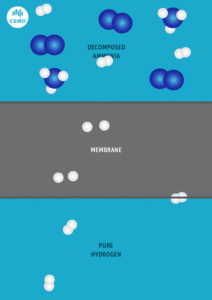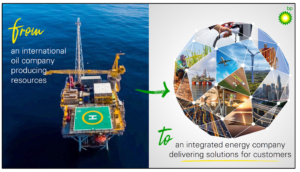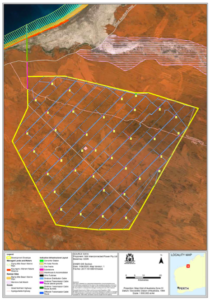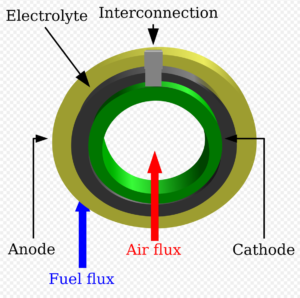Hyundai joins Fortescue and CSIRO to "fast track" ammonia to high-purity hydrogen system
Fortescue recently announced that it has signed a memorandum of understanding (MOU) with Hyundai Motor Company and CSIRO for the “development and future commercialisation” of its metal membrane technology. This technology, which produces high-purity compressed hydrogen from liquid ammonia, was demonstrated in 2018. It enables PEM fuel cell vehicles to refuel using hydrogen that is generated on demand from ammonia. At scale, this technology could enable an ammonia-based hydrogen production, storage, and distribution infrastructure, lowering the barriers to implementation of a national network of hydrogen filling stations. Now, “Hyundai will seek to demonstrate the viability of the technology for renewable hydrogen production and vehicle fuelling in Korea.”









